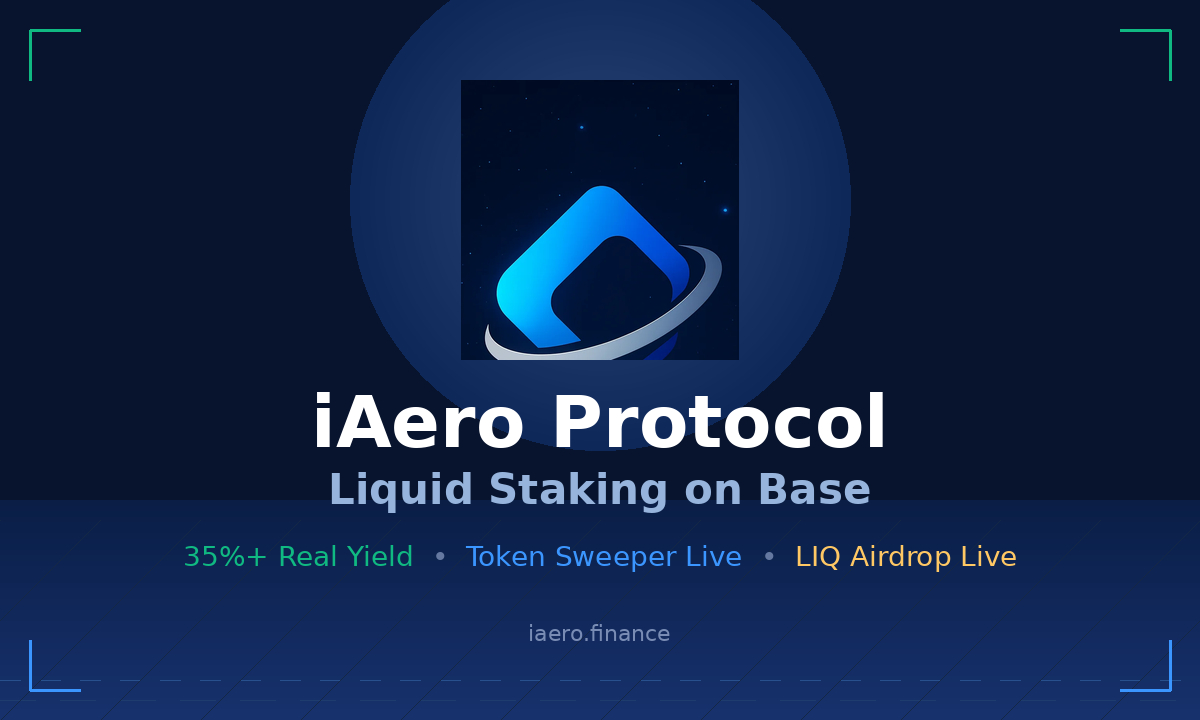In recent years, Ethereum has been working hard to upgrade to Ethereum 2.0, and Layer 2 solutions, such as zkSync, have flourished.
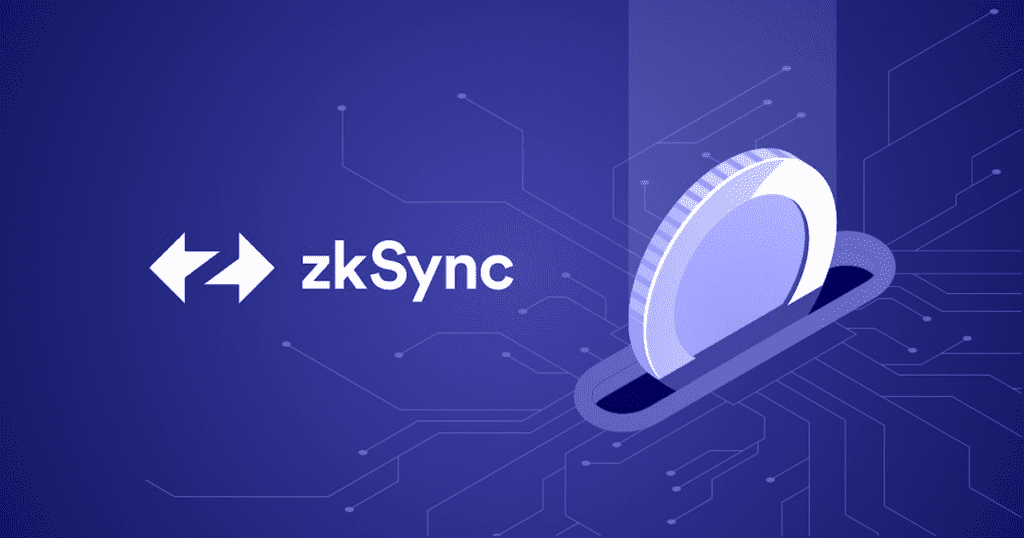
On March 24, zkSync officially announced the mainnet. There is also Layer 2, which has received a large investment from investors. After Arbitrum, many people are looking forward to the next major airdrop of this project. Let’s learn more about zkSync with Coincu in this zkSync Review article.
What is zkSync?
zkSync is a Layer 2 scaling solution that provides cheaper and quicker transactions than the Ethereum network itself (Layer 1). Layer 2 solutions shift the majority of activity away from Layer 1 while retaining its security and finality.
zkSync is a scaling solution created by Matter Labs that uses ZK Rollups technology to cut costs, speed up transactions, and ensure security on Ethereum.
The fast expansion of the Ethereum ecosystem has resulted in network congestion, and there is an urgent need to address the issue of transaction speed and cost. As a result, multiple Layer 2 projects using various technologies, such as zkSync, Arbitrum, Optimism, and Polygon, have been created to address the aforementioned difficulties.
zkSync, like Arbitrum and Optimism, is a Layer 2 scaling solution for Ethereum. The distinction is that Arbitrum and Optimism – the market’s biggest Layer 2 ecosystem – are both based on Optimistic Rollup, while zkSync is based on zk Rollup.
Let’s take a quick look at the differences between the two sorts of solutions. They are, in essence, logically opposed. zk does not trust all validators and relies on zero-knowledge proofs to validate each outcome, while Optimistic Rollup – evidence of fraud trusts everyone and waits for others to object.
Optimistic, in other words, is a more lax verification technique that minimizes the complexity of verification and computation effort. Meanwhile, ZK seems to be tougher, yet the complexity and development cycle is lengthy. Now, the zkSync Review article will learn more about how the project works.
How does it work?
ZkSync’s operating method is based on Rollups.
- Rollups is a utility that aims to improve Ethereum’s scalability. Rollup enables you to group a large number of transactions into a single block and submit them all at once to Ethereum.
- To put it another way, each Rollup block uploaded to Ethereum will be a summary of the various transactions included inside it.
- Similarly, ZK Rollups are Rollups that employ Zero Knowledge to validate transactions packaged in blocks and transmitted to Ethereum.
- The smart contract on Ethereum layer 1 then just has to validate that evidence without having to re-execute the full transaction. This saves much more gas since proof verification is substantially cheaper than repeating the calculation.
zkSync is Matter Labs’ first product built on the ZK Rollups architecture, serving as an Ethereum Layer 2. On zkSync, monies are held on the main network (on-chain) on the smart contract, but computation and data storage is done off-chain.
To validate the correctness of the Rollup block on the main chain, a zero-knowledge proof – SNARK type zero-knowledge proof will be constructed. Therefore zk-SNARK is basically a Zero Knowledge verification technique.
SNARK verification is substantially cheaper than each transaction verification, and keeping the state off-chain is a lot cheaper than storing on EVM. As a result, scalability (100-200 times primary network capacity) and cost reductions are possible.
The following assurances are provided by the zkRollup architecture:
- Validators can never be corrupted or stolen (unlike Sidechains).
- Even if the validator stops cooperating due to data availability, users may always acquire coins through the zkRollup smart contract (unlike Plasma).
- To avoid fraud, users or trusted third parties do not need to be online (unlike anti-fraud solutions such as payment channels or Optimistic Rollups).
To put it another way, zkRollup strictly inherits L1’s security.
On the zkSync ecosystem, the cost of each transaction has two components:
- Off-chain: The cost of storing state and generating a SNARK (zero-knowledge proof).
- On-chain: For each zkSync block, validators must pay Ethereum gas to verify SNARK. This fee depends on the current gas price in the Ethereum network.
Matter Labs’ products
zkSync Lite
This is a product that was released in June 2020 under the name zkSync 1.0, with the purpose of just providing a payment mechanism, and did not yet include smart contracts. zkSync issued an update (v1.x) in May 2021 that adds NFT and swap capability.
This Ethereum scaling mechanism is capable of processing up to 3000 transactions per second (TPS). But, when the network expanded in size, the necessity for increased throughput necessitated the creation of a new version: zkSync 2.0.
zkSync Era
This is version 2.0. Era’s first version included new features such as Account Abstraction and EVM support through Solidity and Vyper. It already supports smart contracts, as well as its own programming languages, Zinc and zkPorter.
zkPorter
zkRollup with on-chain data provisioning and zkPorter with off-chain data provisioning are included in zkSync 2.0. This is a Matter Labs byproduct that raises network TPS more quickly.

Outstanding features of zkSync
Some of the following common aspects may explain why the zkSync solution has gotten so much attention in the community:
- Mainnet-level security without 3rd party dependencies.
- Transfer ETH and ERC-20 tokens to L1 with instant confirmation and a time limit of no more than 10 minutes.
- Extremely low transaction fees (approximately 1/100 of the mainnet cost for ERC-20 and 1/130 for ETH).
- No registration is required to receive money.
- Payment for existing Ethereum addresses (including smart contracts)
- Fees are conveniently payable when tokens are transferred.
- Withdraw to mainnet in just 10 minutes. Asset deposit and withdrawal times are much shorter than Arbitrum’s Optimistic Rollup technology and Optimism.
- EVM permissionless compatible smart contract.
- Multisig support.
ZkSync Era
To comprehend Era, we must first grasp the notion of zkEVM. This is an Ethereum virtual machine compatibility technique designed to ensure that the experience and application functionality on Layer 2 is not significantly different from those on Layer 1. EVM eliminates the need for developers to update the code or avoid using EVM (and smart contract) tools while developing or migrating smart contracts to more scalable alternatives that maintain Layer 1 decentralization and security.
zkEVM is a partly developed technique based on Zero-Knowledge Proof that is separated into four categories depending on compatibility with EVM, with categories 1–4 increasingly decreasing compatibility with EVM.
The team highlighted the use of zkEVM technology to promote interoperability with EVM smart contracts after changing the name to zkSync Era. The Matter Labs team has been exploring the implementation of zkEVM on the pilot network for over a year and on the official network since October 2022 and has also been subjected to several audits.
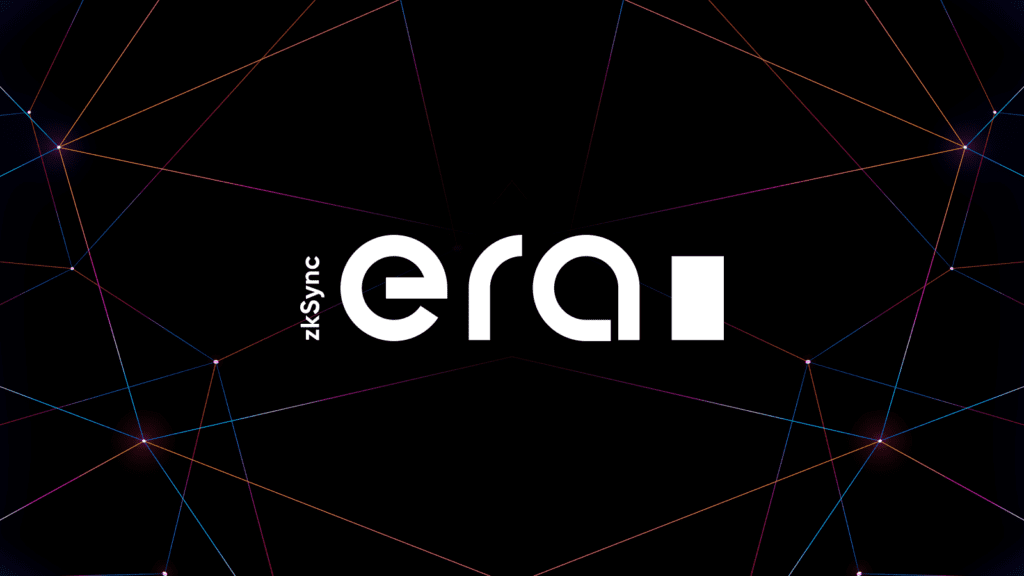
Features
Superior to Optimistic Rollups
Projects using Optimistic Rollups such as Arbitrum and Optimism, as well as projects using Zk Rollups such as zkSync and Starkware, are all leading open solutions for Ethereum. Nevertheless, the zkSync team claims that ZK Rollup has many benefits over Optimistic Rollup, including:
- Transaction Validation Time: ZK Rollups are quicker than Optimistic since it does not have to wait 7 days to validate the transaction’s validity.
- Capital efficiency: Unlike Optimistic Rollup, deposits, and withdrawals of assets on ZK Rollup do not have a 7-day wait, resulting in increased capital efficiency.
Account Abstraction (AA)
Account Abstraction enables a private account to be converted into a smart contract with its own logic by converting Externally Owned Accounts (EOA) into Smart Contract Accounts (CA).
This zkSync feature provides the following benefits:
- There is no need for a seed phrase to avoid losing or hacking your wallet. AA supports biometric authentication through family or friends.
- Pay Fees in Any Token: Enables one wallet to support or sponsor other wallets by trading for them and converting other tokens to ETH for fees. Paymasters are the name given to this sort of account.
- Signing many transactions at once: Enables users to pool transactions in a batch and sign them all at once, saving time on processing each transaction one by one.
- Customers may use the AA function to plan automatic money transfers, renew membership payments, and so on in a decentralized way.
zkEVM
zkEVM is a new ZK-Rollup technology that was created in early 2021 and is extremely compatible with EVM.
There are still several limitations to the ZK programming language. One of the most significant impediments is the variety of various programming languages, which makes it difficult for developers to program in many languages.
This makes it difficult to create dApps with consistent code or migrate dApps between layers 1 and 2. Overall, the standard zk-Rollup is quite complex to implement and has certain practical restrictions.
Because of the unification of programming techniques in zkEVM, the composability in layer 2 will be greater, making it easier for Ethereum-based dApps to transition to the zk-Rollup chain with little alteration to the source code.
Roadmap
Currently, the project has reached the Alpha mainnet phase of Era. It is expected that the team will focus on decentralization and anti-censorship. That is, zkSync will aim to be a decentralized and censorship-free project by completely removing the control of Matter Labs. Instead, these rights will be given to the community.
Core team
- Marco Cora: Head of Business Development at Matter Labs.
- Alex Gluchowski: Founder of Matter Labs.
Investors & Partners
Investors
zkSync is invested by many reputable funds in the blockchain industry such as Binance, Cb Ventures, Balancer, Curve. In November 2021 in a series B funding round, zkSync received $50 million in funding from Horowitz, Placeholder, Crypto.com, and more.
In January 2022, Matter Labs was approved for a $200 million investment from BitDAO to build the zkSync ecosystem.
The company also successfully raised a $200 million fund led by Blockchain Capital and Dragonfly, along with other investors such as Light Speed Venture Partners, Variant, and a16z… in November 2022.
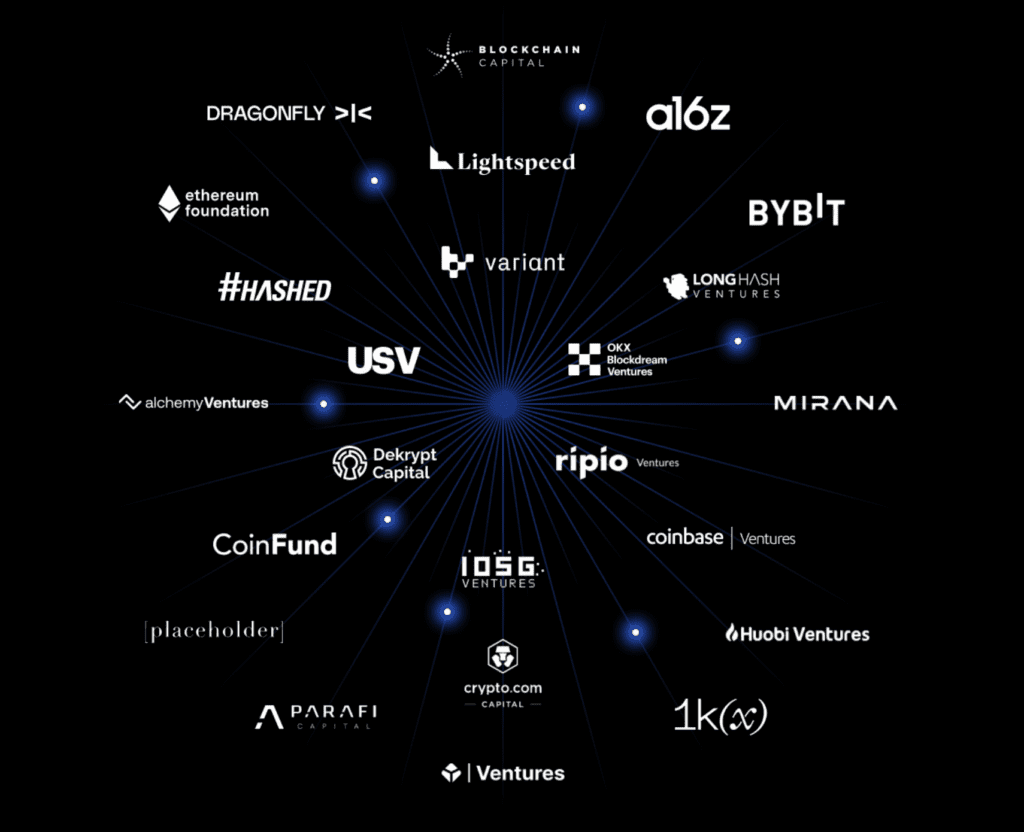
Partners
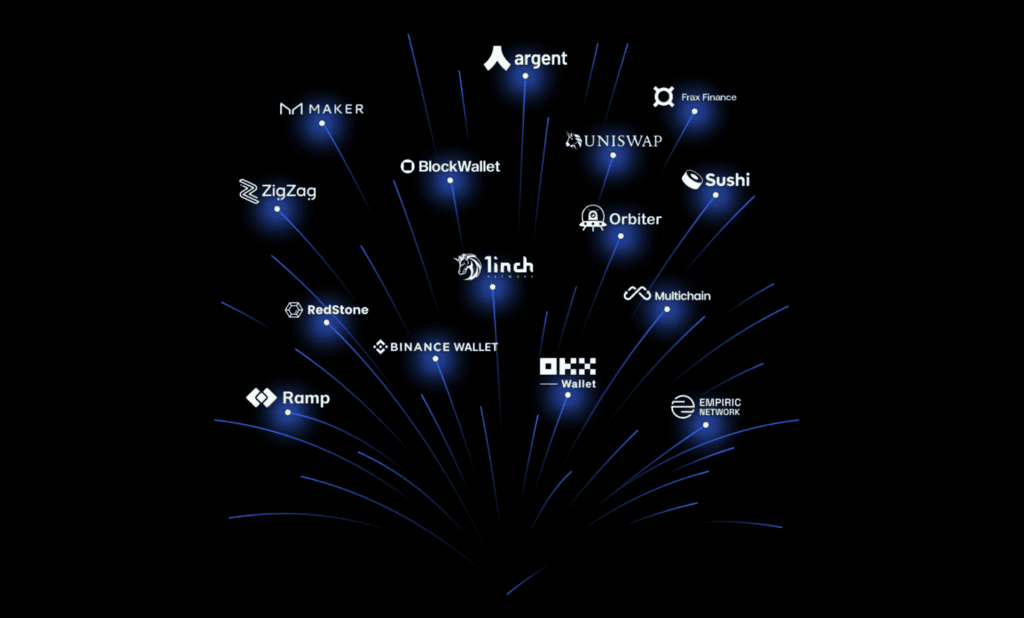
Conclusion of zkSync Review
It can be seen that, among many Layer 2 projects on Ethereum, zkSync is proving itself to the community that it is a good candidate. In the future, with many improvements and token launches (just a prediction), this will most likely be the new bomb of the crypto market after Arbitrum and Optimism. Hopefully, zkSync Review article has helped you gain more useful information about the project.
DISCLAIMER: The information on this website is provided as general market commentary and does not constitute investment advice. We encourage you to do your own research before investing.
















